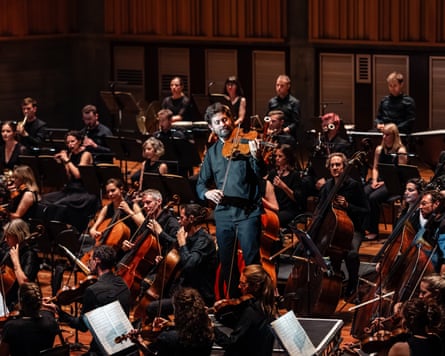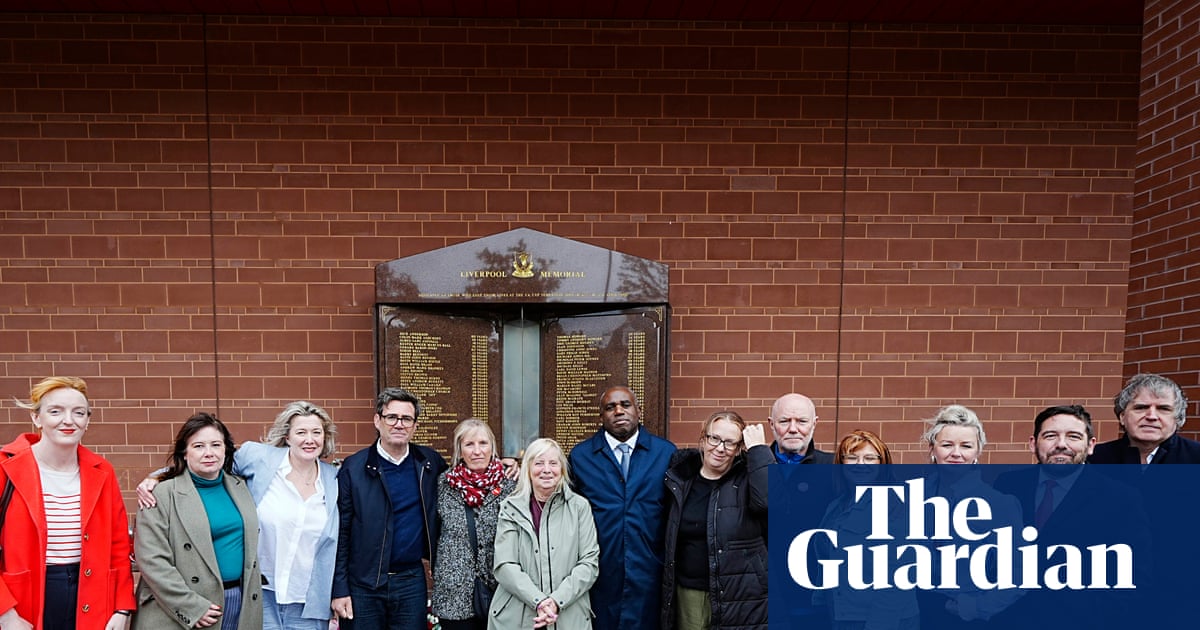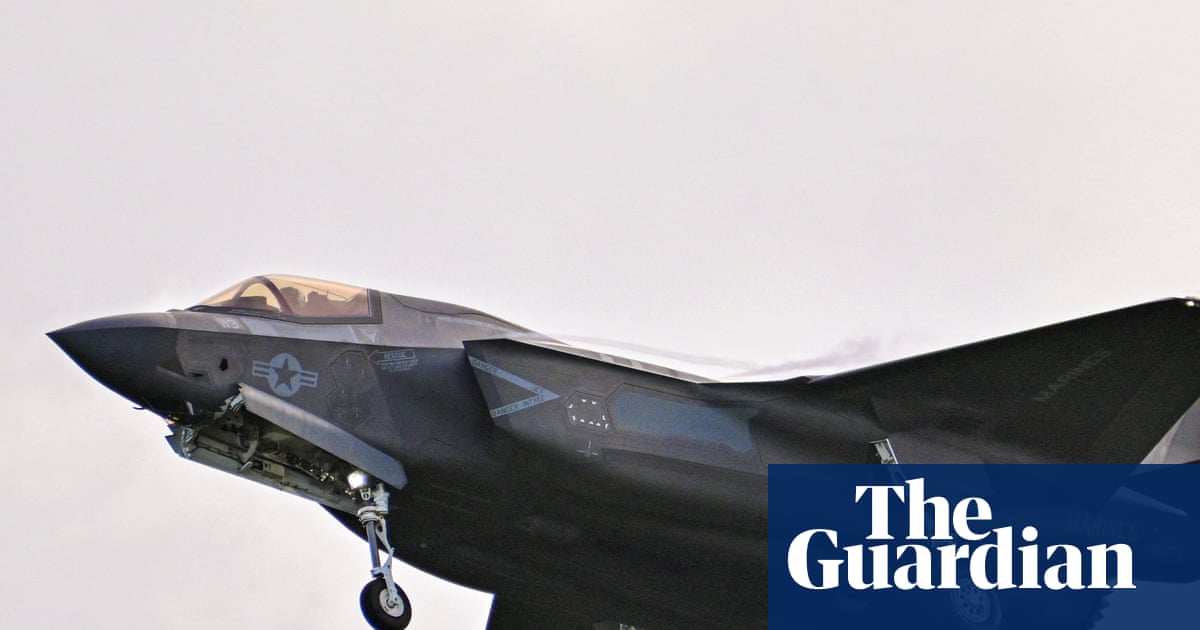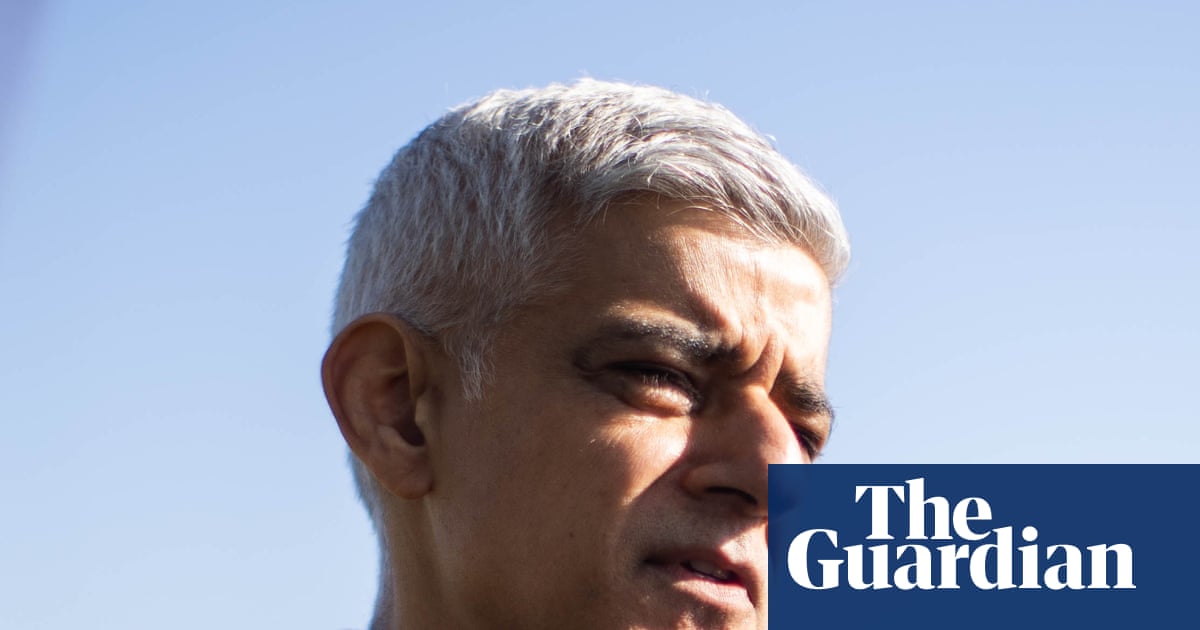So much shared, yet so utterly different. Mendelssohn wrote his Italian symphony in 1833, revising it the following year. Berlioz wrote his Harold en Italie symphony in 1834, following a stay in Rome during which the two composers had spent quality time together. Thus the Aurora Orchestra came up with the smart idea of putting the two Italian symphonies side by side.
Beyond their loosely shared inspiration and form, however, the two works have little in common. Mendelssohn’s is an expert and extrovert piece of symphonic writing, tight and technically impeccable. That of Berlioz, meanwhile, follows a wandering star all its own, broodingly romantic and constantly innovative, exemplified by the solo viola that depicts the melancholy of Byron’s introspective hero Childe Harold.
Left to themselves, these two works could have formed a well-contrasted programme of a traditional kind. But the Aurora and their conductor Nicholas Collon don’t do traditional. They are above all else performance players, committed to immersing themselves and the audience in the excitement of live musical experience. It is one of the many reasons audiences love them.
So in the second half, the Mendelssohn was played from memory, an Aurora speciality, the score taken at terrific tempos and with the players standing up and interacting. It was hard to resist, especially when the players then dispersed into the hall to encore the Italian symphony’s breakneck final movement saltarello. Watch out for the Aurora giving the same treatment to Shostakovich’s fifth symphony at the Proms this summer.

Harold, meanwhile, was presented as a “dramatic exploration”. Texts based on Berlioz’s Mémoires were declaimed between movements and from amid the orchestra by actor Charlotte Ritchie. Collon and the viola soloist Lawrence Power chipped in, too. Power even whistled his idée fixe theme before wandering Byronically through the hall as he played the lonely music at the symphony’s heart.
It would be churlish not to be caught up in this. But it can sometimes distract. In his recording of Berlioz’s symphony under Andrew Manze, Power is as poetic and nuanced a Harold violist as any on disc. But amid so much other activity, the Aurora’s orchestral balance sometimes did him fewer favours. When he stood stock still to deliver Harold’s skeletal arpeggios at the end of the second movement, it was a reminder that Berlioz’s music provides its own theatre.

.png) 2 months ago
22
2 months ago
22

















































